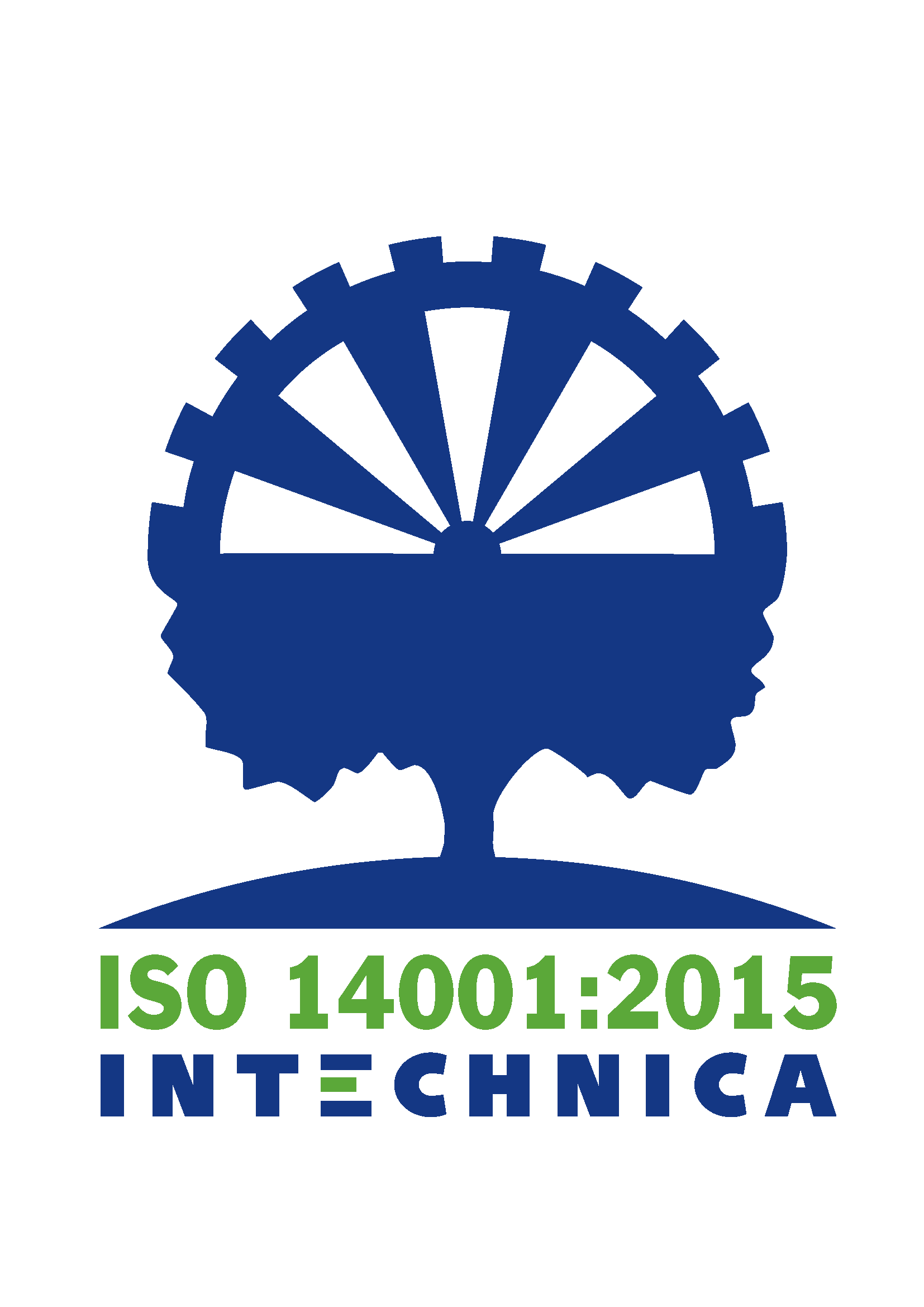Welcome to the article about stamped and bent parts prototypes. In this article we will look at the production and application of stamped-bent prototypes in industry.
Prototypes play a crucial role in the development of new products and enable design and functional problems to be identified and corrected at an early stage. Stamped and bent parts are often used in industries such as automotive, electronics and mechanical engineering.
Our expertise in the production of Stamped and bent parts Prototypen has made us a trustworthy partner for companies in various industries. We use state-of-the-art technologies and high-quality materials to deliver prototypes of the highest quality.
Whether you need a prototype for a specific application or a production line, we are at your side with our expertise and experience. Do not hesitate to contact us to learn more about our stamped and bent prototype parts services.
Introduction to stamped and bent parts prototypes
Stamped parts prototypes are models or samples that resemble the final products and are used to verify their functionality and design. They allow manufacturers to identify potential problems early and make corrections before mass production begins.
Manufacturing stamped-bent prototypes involves the process of punching and bending metal or other materials to achieve the desired shape and function. This process requires specialized machines and tools to achieve precise results.
The use of stamped and bent prototypes has many advantages. On the one hand, they allow manufacturers to optimize the design and functionality of a product before it goes into mass production. In addition, stamped-bent prototypes can help reduce production costs by identifying potential errors or inefficient processes early.
The process of punching and bending parts
The process of stamping and bending parts involves multiple steps to achieve the desired shape and functionality. First, the material, often metal or plastic, is cut into the correct size and shape. This step is called punching.
After punching, the punched parts are bent into the desired shape. This step is called bending and requires special tools and machines to achieve precise results. Bending can be done at different angles and radii to achieve the desired shape of the part.
After stamping and bending, parts often undergo further processing steps, such as welding, drilling or grinding, to achieve the final shape and finish. Afterwards, the parts often undergo quality control to ensure they meet the required standards.
Advantages of using stamped and bent parts in production
Using stamped and bent parts in production offers a variety of benefits. First, they enable high precision and repeatability in the manufacture of parts. By using state-of-the-art technology and specialized tools, manufacturers can produce parts with tight tolerances and high quality.
In addition, stamped and bent parts enable efficient mass production. By using tools and machines, manufacturers can produce parts in large quantities, thereby increasing production capacity. This leads to faster time to market for new products and more efficient production overall.
Another advantage of using stamped and bent parts is the flexibility in designing new products. Because stamped and bent parts can be manufactured in a variety of shapes, sizes and materials, manufacturers can incorporate innovative designs and features into their products.
Industries that use prototypes of stamped and bent parts
Stamped and bent parts prototypes are used in various industries. One of the main industries is the automotive industry, which uses stamped and bent parts in vehicles, such as body panels, brakes and chassis components.
The electronics industry is another industry that uses stamped-bent prototypes. Here, stamped and bent parts are used in devices such as cell phones, computers and other electronic devices.
The mechanical engineering industry also uses stamped and bent parts prototypes to develop new machines and systems. These parts are often used in engines, transmissions, pumps and other mechanical components.
Factors in choosing a stamped and bent parts supplier
There are several factors to consider when selecting a stamped and bent parts supplier. First, it is important to choose a supplier that has experience and expertise in producing stamped and bent parts.
The supplier should also have state-of-the-art technologies and high-quality materials to deliver the highest quality prototypes. Additionally, it is important to choose a supplier that is flexible and able to meet individual requirements.
Another important factor is the reliability of the supplier. On-time deliveries and good communication are crucial to ensure that prototypes are delivered on time and with the desired quality.
Quality control measures for stamped and bent parts
The quality of stamped and bent parts is critical to ensure they meet requirements and standards. Therefore, it is important to implement quality control measures throughout the manufacturing process.
One of the most important measures is the use of high-quality materials. The supplier should ensure that the materials used meet the specified requirements and have no defects.
In addition, it is important to monitor the production process and ensure that it meets the required standards. This can be achieved through regular inspections, tests and audits.
Finally, the finished stamped and bent parts should undergo final quality control to ensure that they meet the requirements. This can be done through visual inspections, action verification and functional testing.
Cost considerations for stamped and bent parts prototypes
The cost of stamped-bent prototypes can vary depending on size, complexity and materials. It is important to consider cost factors when selecting a supplier.
Some of the main cost factors are the material cost, manufacturing cost, tooling cost and delivery cost. It is important to clarify these cost factors in advance in order to set an accurate prototype development budget.
Additionally, potential savings from using stamped and bent parts should be considered. Optimizing design and functionality can lead to a reduction in production costs and improve production efficiency.
Conclusion: The future of stamped and bent parts prototypes in production
Stamped and bent parts prototypes play an important role in the development of new products and the optimization of production. By using state-of-the-art technologies and high-quality materials, manufacturers can deliver high-quality prototypes and identify potential problems early.
The use of stamped and bent parts offers many advantages, including high precision, efficient mass production and flexibility in the design of new products.
In the future, demand for stamped-bent prototypes is expected to continue to increase as companies strive to bring their products to market faster and optimize production processes.
Do not hesitate to contact us to find out more about our services in the area of stamped and bent parts prototypes. We are happy to assist you with our expertise and experience.









Leave A Comment